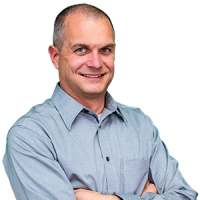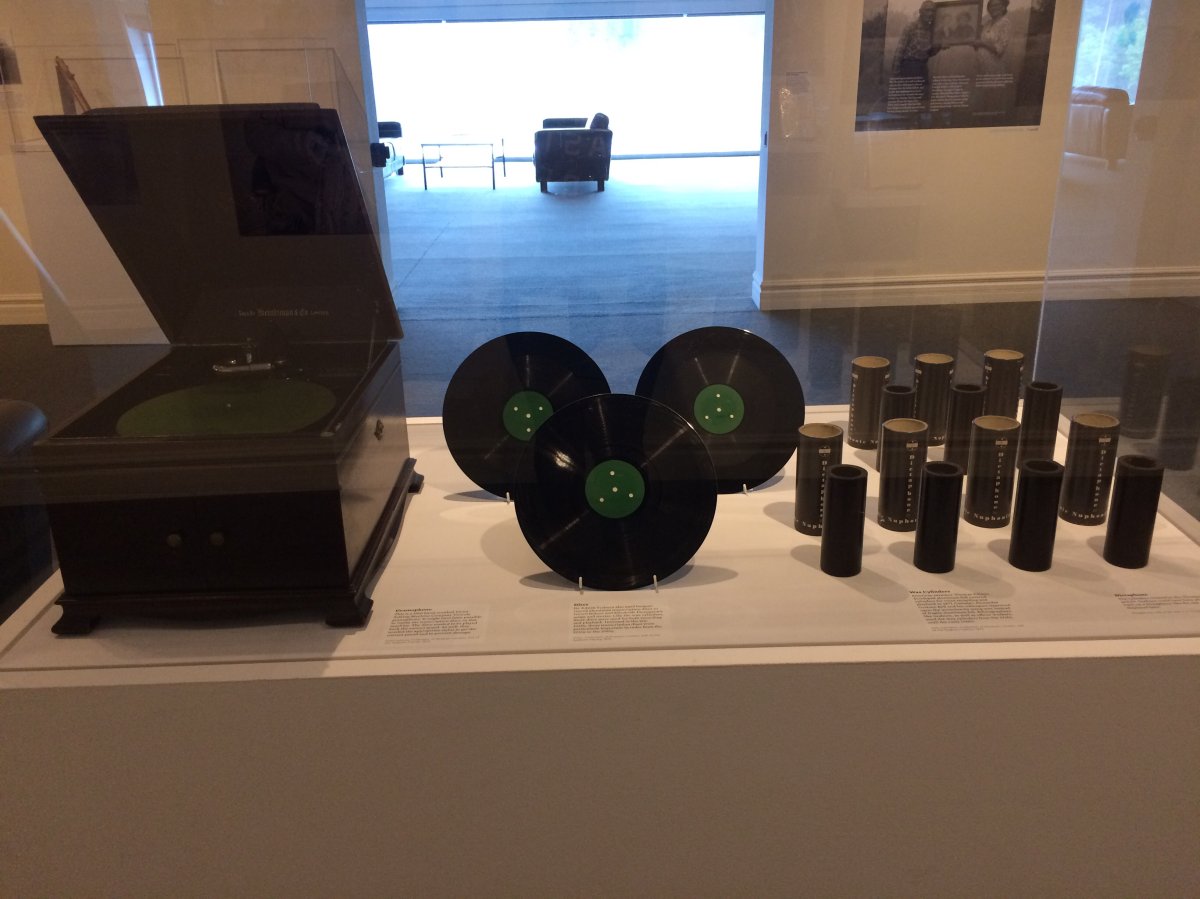A person could say it was Bimadoshka (Annya) Pucan’s destiny to uncover ancient recordings about her roots as an Anishinaabeg indigene.

In 2011, Pucan, a Saugeen First Nation resident and Western University PhD candidate, discovered recordings which were donated to Museum London more than 40 years ago.
The recordings were made in 1938 by Dr. Edwin Seaborn, founder of University Hospital in London, featuring Saugeen First Nation resident Robert Thompson and his wife Eliza Thompson.
Seaborn stored the recordings onto eight wax cylinders and seven aluminum discs which were kept in the museum’s vault.
Prior to her discovery, Pucan says she was having an identity crisis.
Her father is from Ukraine while her mother is Anishinaabeg.
Although Pucan grew up on the reserve with her grandparents, cousins and other relatives, she didn’t know her purpose or role in the community.
“I was in a place where I was really questioning who I was as an Anishnaabeg person,” Pucan said.
She started to pray and asked the universe for a sign.
Pucan also had a passion in learning about the war of 1812 and began looking into the Anishinaabeg people’s involvement in it.
Some professors said it was a waste of time and nothing new could be learned, but one of her professors, Rick Fehr, handed her a book called The March of Medicine in Western Ontario, by Edwin Seaborn. The book had an oral narrative about two men from Saugeen who fought in the war of 1812.
Seaborn indicated he made wax cylinders and audio recordings of an old medicine man singing songs and telling stories.
Pucan began her search, which she says took a long time, with pieces of the puzzle scattered all over the city of London.
A huge portion was in the Western Archives and Research Collections Centre at Western University’s Weldon library, along with documents and journals found at the London Public Library. The final piece of the puzzle were the wax cylinders and discs located at the museum.
Pucan received assistance from staff at Museum London to digitize the recordings.
She says by doing so, she was able to respect the museum’s intentions to protect the recordings as well as give the indigenous people access to the intellectual property contained in them.
“Having digital files makes the knowledge travel further and faster, and reach more people in different places,” Pucan said.
When Pucan listened to the recordings for the first time on Campus, they were faint and difficult to understand, but she could not contain her excitement.
“I can hear you!” were the first words she screamed as she cried.
“People were looking at me quite strangely but at the same time they all knew what I was excited about.” She had been talking to other students about her research.
“It was like this moment I had been working toward for so long and the anticipation, the waiting, and all the frustration and the joy, it was all balled up into one,” Pucan says.
Listening to the recordings brought back old memories from her childhood.
Pucan says Thompson sounded like her grandmother. His accent and the way in which he stretches out different tones and words to indicate length of time or size was similar.
When she heard Thompson sing the Chippewa love song, Pucan remembered how her grandmother would hum the same tune as she washed dishes.
In one of the recordings, Thompson predicted its discovery. He spoke about how a woman would find the recordings but not know what to do with them.
- Canadian man dies during Texas Ironman event. His widow wants answers as to why
- ‘Sciatica was gone’: hospital performs robot-assisted spinal surgery in Canadian first
- Honda’s $15B Ontario EV plant marks ‘historic day,’ Trudeau says
- Several baby products have been recalled by Health Canada. Here’s the list
Pucan says she was floored when she heard the prophecy, as she was born in 1975, which is the same year the artifacts were donated to the museum.
“It’s almost as if these recordings started to move when I started to move,” Pucan said.
Pucan adds Thompson was born around 1876, the same year the Indian Act was enacted. The sets out how the Federal government can oversee issues involving aboriginal people, including Indian status, bands, Indian reserves and education.
Thompson refused to register, which allowed him to sing, pray, wear clothing and indulge in cultural practices legally.
Pucan says if he had signed the act, Thompson probably wouldn’t have been able to make the recordings.
Circumstances surrounding the making and discovery of the recordings could arguably be described as destiny.
Pucan sought the help of elders and language speakers when trying to understand the recordings because she wasn’t fluent in her language.
She says whenever the elders listened to Thompson, they said it was meant for Pucan and she needs to figure out how she will move forward with the work.
“I have to take on the responsibility of being the steward of these songs, as well as to make sure my elders are involved, and I respect their vision and instruction of how they see this information move forward,” Pucan said.
Pucan received two honorary eagle feathers for her discovery, which she says beats any university degree she has ever received.
An eagle feather is sacred and is one of the highest honours a person could receive.
“When I think about how I care for an eagle feather, I would never leave it in the trunk of a car (or) inside my car,” Pucan said.
“It’s sort of thinking of it as if it’s your child. You wouldn’t put your child in harm’s way, you would always treat it with respect,” Pucan added.
She uses the eagle feather to smudge in order to purify her home as well as clear her mind, heart, ears, eyes and negative energy.
Museum London is hosting a Voices of Chief’s Point exhibit to showcase the recordings, which runs from May 12 to Sept. 16.
Five recordings are been shared publicly, with artifacts to support the songs. It features Canoe song, Chippewa religious song, Medicine to smoke in a pipe song, and a Tecumseh story.
Pucan says not all recordings are being shared publicly because she, as well as members of her community, felt some recordings contained content that was sensitive.
“As a community, we need some time to process this information to understand it better, and once that happens, then we will revisit the idea of sharing the other recordings publicly,” Pucan said.
“In terms of the history of how indigenous people have been portrayed in the media, we just want to take our time with some of these things to make sure they are not taken out of context or used in a way they are not meant to be used,” she says.
The recordings are distributed to elders of First Nation groups to share with members of their community.
Pucan says when youths show interest in learning about their history, they are encouraged to sit with their elders, and by doing so, “we are then starting to repair those relationships that have broken down from the residential schools of elders teaching the young people (and) transmitting the knowledge that way.”
Pucan hopes to have a travelling exhibit to each First Nation community, where they will showcase artwork produced by youths residing in those communities.
She wants to provide a medium where people can record their own stories and narratives, which will be left with each community or safely stored for future generations.
Additional information on the exhibition can be found online.































Comments